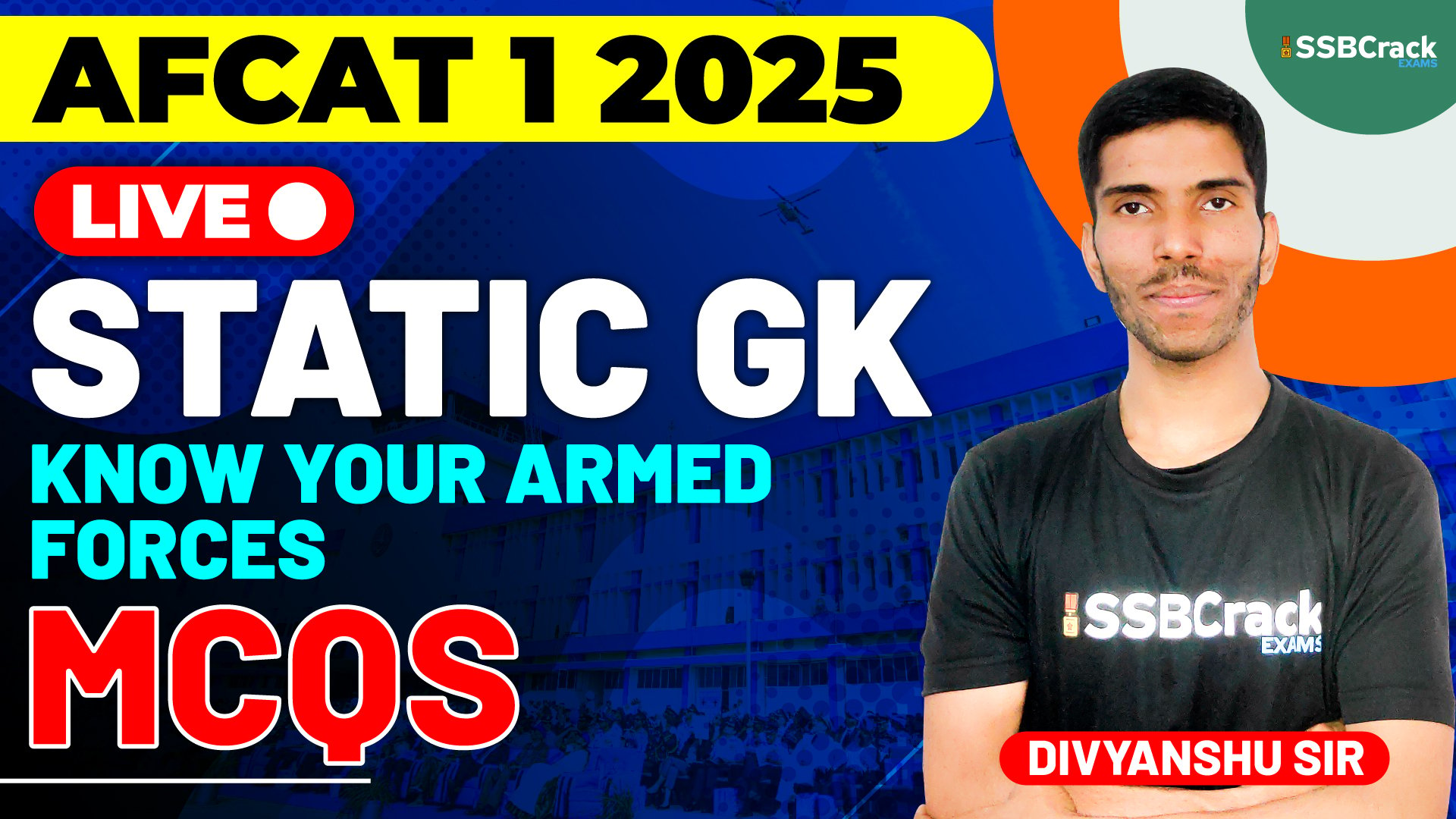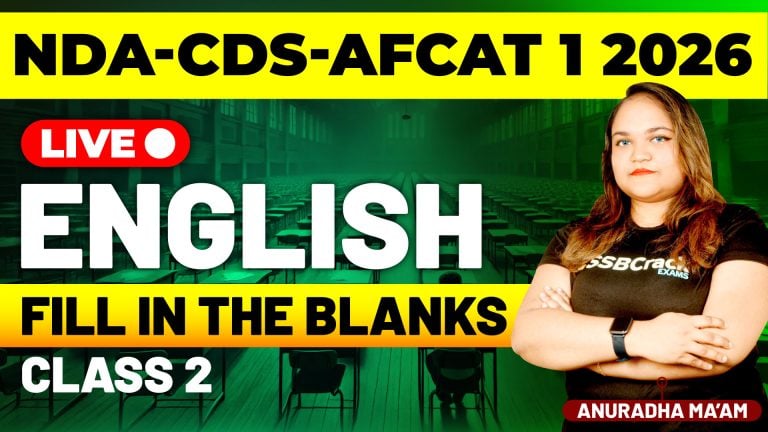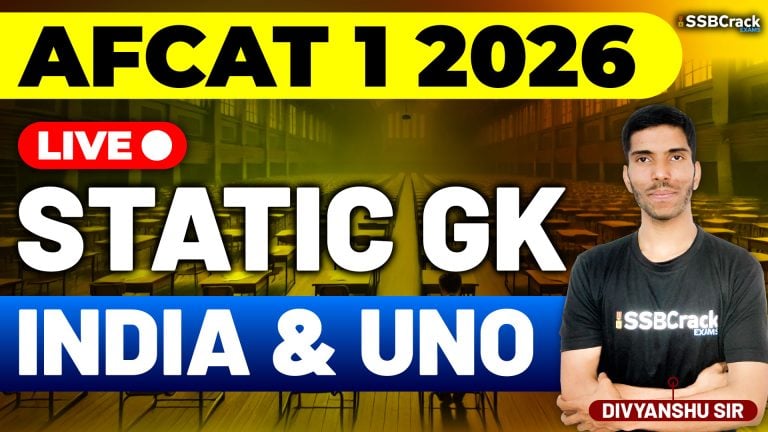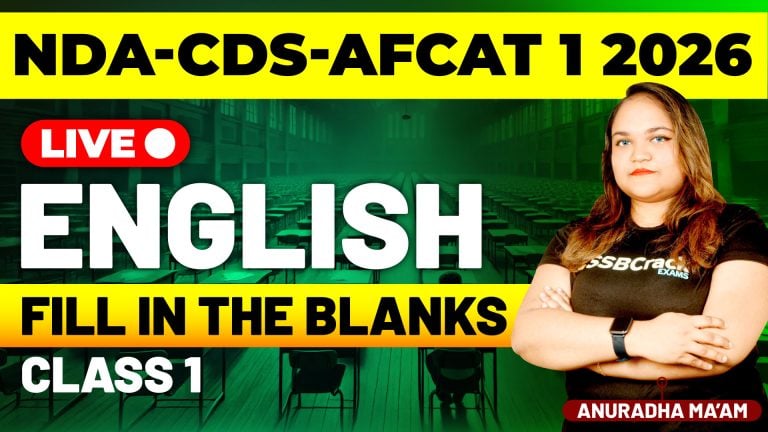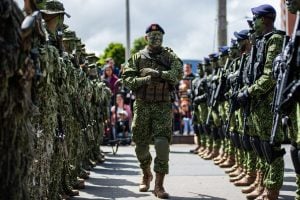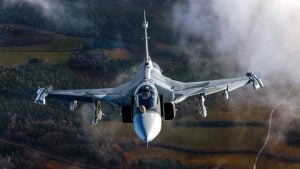The Indian Armed Forces are a symbol of pride and strength, dedicated to safeguarding the sovereignty and integrity of the nation. For AFCAT aspirants, having a comprehensive understanding of the armed forces is crucial. Here, we present an overview of the Indian Army, Navy, and Air Force to help you prepare effectively for the AFCAT 1 2025 exam.
AFCAT 1 2025 Exam Static GK Know Your Armed Forces MCQs
Indian Army
The Indian Army is the land-based branch of the Indian Armed Forces. It is tasked with maintaining national security, defending the country’s borders, and conducting humanitarian and disaster relief operations. Below are the key features of the Indian Army:
- Motto: “Service Before Self”
- Structure: Organized into six operational commands and one training command.
- Major Divisions: Infantry, Artillery, Armored Corps, Engineers, Signals, and Aviation Corps.
- Elite Units:
- Parachute Regiment (Special Forces): Renowned for high-risk missions.
- Rashtriya Rifles: Specializes in counter-insurgency operations.
- Army Aviation Corps: Provides aerial support to ground forces.
- Key Operations: Kargil War, Operation Vijay, and UN Peacekeeping Missions.
Indian Navy
The Indian Navy is responsible for protecting the nation’s maritime borders, ensuring freedom of navigation, and conducting overseas missions. It is a key player in maintaining regional peace and security.
- Motto: “Sam No Varunah” (“May the Lord of Water be Auspicious Unto Us”)
- Fleet:
- Aircraft Carriers: INS Vikramaditya and INS Vikrant.
- Submarines: Includes nuclear-powered submarines like INS Arihant and Scorpène-class submarines.
- Destroyers and Frigates: Advanced warships like INS Kolkata and INS Shivalik.
- Special Units:
- Marine Commandos (MARCOS): Conducts amphibious warfare and special operations.
- Naval Aviation: Operates aircraft such as MiG-29K and P-8I Poseidon.
- Key Exercises: Malabar, Milan, and Varuna.
Indian Air Force
The Indian Air Force (IAF) is responsible for securing Indian airspace and conducting aerial warfare during conflicts. It plays a vital role in both defensive and offensive operations.
- Motto: “Touch the Sky with Glory”
- Structure: Organized into five operational commands and two functional commands.
- Aircraft Inventory:
- Fighter Jets: Rafale, Su-30MKI, Tejas.
- Transport Aircraft: C-17 Globemaster III, C-130J Super Hercules.
- Helicopters: Apache AH-64E, Chinook, and Dhruv ALH.
- Special Units:
- Garud Commando Force: Specializes in rescue and counter-terrorism operations.
- Strategic Forces Command: Manages India’s nuclear arsenal.
- Key Operations: Balakot Airstrike, Operation Safed Sagar, and humanitarian missions.
Joint Operations and Tri-Service Commands
The Indian Armed Forces operate with remarkable synergy to ensure national security. The Integrated Defence Staff (IDS) facilitates coordination among the Army, Navy, and Air Force. Key tri-service commands include:
- Andaman and Nicobar Command (ANC): India’s only tri-service command, ensuring maritime security in the Indian Ocean.
- Strategic Forces Command (SFC): Responsible for India’s nuclear arsenal and deterrence strategy.
Modernization and Indigenous Initiatives
India is actively modernizing its armed forces through the induction of advanced technology and indigenous production. Key initiatives include:
- Make in India: Promoting self-reliance in defense manufacturing.
- Key Projects:
- HAL Tejas (Light Combat Aircraft)
- Arjun Main Battle Tank
- BrahMos Supersonic Cruise Missile
- INS Vikrant (Indigenous Aircraft Carrier)
- Future Developments: Advanced Medium Combat Aircraft (AMCA) and hypersonic missiles.
Honors and Awards
The armed forces’ bravery is recognized through prestigious awards:
- Gallantry Awards: Param Vir Chakra, Maha Vir Chakra, and Vir Chakra.
- Peacetime Awards: Ashoka Chakra, Kirti Chakra, and Shaurya Chakra.
Conclusion
Understanding the structure, operations, and modernization efforts of the Indian Armed Forces is vital for AFCAT aspirants. Their dedication and resilience exemplify the essence of service to the nation. Prepare diligently and take inspiration from their unwavering commitment to excellence. Jai Hind!
